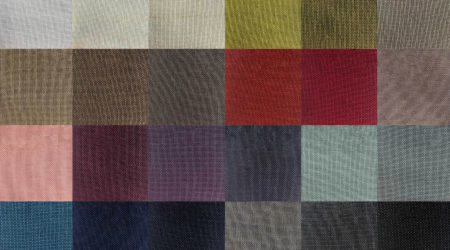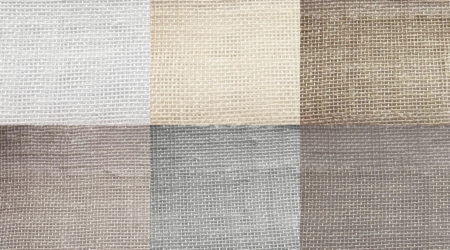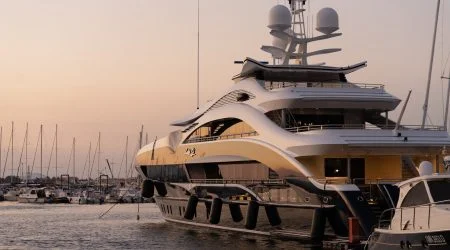New Mirage Voile IFR Range Available
Discover our brand new range of Mirage Voile IFR, made from 100% polyester and Inherently Flame Retardant.
Read MoreSpecialising in the production of theatre and stage drapes for over 30 years
Deep red and crimson are synonymous with theatres and the stage, but have you ever wondered why so many venues chose red as their colour of choice?
Deep red and crimson are synonymous with theatres and the stage, but have you ever wondered why so many venues chose red as their colour of choice?
Tradition
First is the strong element of tradition. Theatres trust explains that the first buildings used for theatrical performances in Britain were amphitheatres introduced by the Romans, who copied theatres from ancient Greece. These were semi-circular structures, constructed of wood initially and later stone. They were open to the air with banked seating surrounding a raised stage.
Theatre buildings began to change and modernise, influenced by those in Europe. They were now roofed, with stages for changeable scenery that was slid into position using grooves in their floors. Many European theatres and opera houses had red in their colour pallet.
Theatres had mainly wooden interiors which were always at risk of fire. In 1794 the Drury Lane Theatre, London introduced the first iron safety curtain, which would eventually become a statutory requirement in all large theatres.
A thus, the theatre curtain was created. Taking the inspiration from Europe, red curtains were then often used, and the red colour suited the grandeur of the theatrical environment, the trend stayed.
The colour red, is also associated with royal patronage. Theatres have a long history with the monarchy, and as such, red was the ideal colour to be used, and the grand style and aesthetic of theatrical tradition still stands today.
Lighting
Now for the more technical reason. Modern performances today include lighting, staging and production.
Red does not absorb light as much as other colours, such as blue or green. This means that if the production team want to cast a spotlight onto the stage, having a red background will help to make it stand out.
Red is also the first colour that we lose in low-light conditions. Meaning when the lights go down, the red colour will be the first to disappear from our sight, enabling the audience to concentrate on the performance.
Fire- retardant
Today, ensuring your curtains and drapes are fire retardant is crucial. Your fabric must conform to British standards BS 5867. It is thought that when fire retardant treatments began, the red fabric showed the chemicals the least. Of course, today there are many treatments available for all fabric types and colours, however it is one of the reasons the red remains traditional today.
Stage curtain pleats and finishes
There are several different sizes and finishes that will determine the style and look of your curtains. Once you have the width (length of fabric across from left to right when the fabric is flat) and drop (length of fabric from the curtain rail or track to the floor you will need to decide the fullness.
Fabrics can be flat or have fullness. Fabric fullness is the extra fabric that covers the width of a curtain pole, offering a pleated, gathered effect.
There are several different types of pleats possible, depending on the look and feel you desire:
To find out more about theatre curtains, get in touch with the team today.

Discover our brand new range of Mirage Voile IFR, made from 100% polyester and Inherently Flame Retardant.
Read More
Discover our brand new range of Eco Voile IFR, made from 100% recycled polyester and Inherently Flame Retardant.
Read More
We now have IMO (International Maritime Organisation) Certification for the following qualities…
Read More